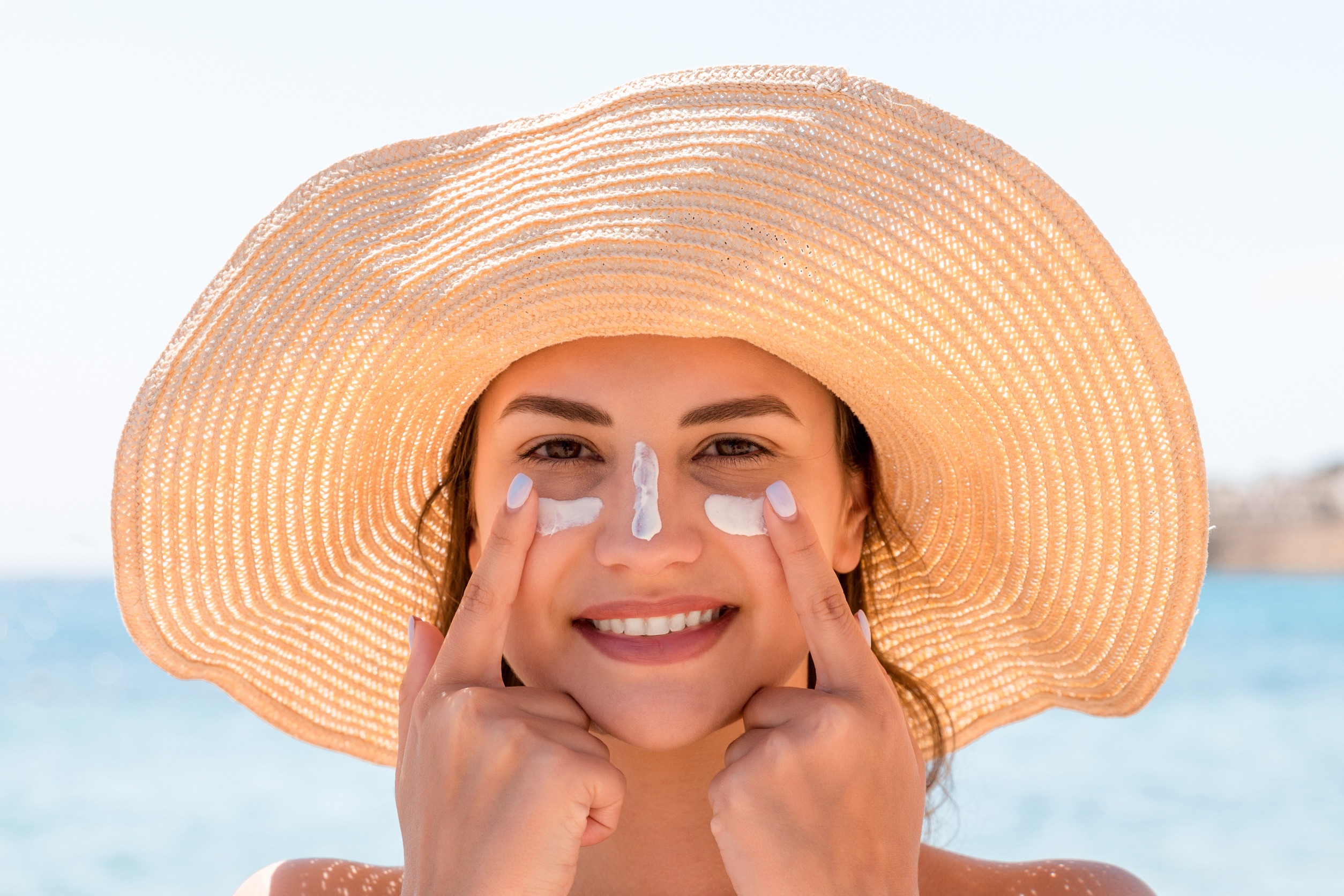BY THE OPTIMIST DAILY EDITORIAL TEAM
Sunscreen is a vital component of any skincare regimen, but it can occasionally pill, resulting in tiny flakes or granules on the skin. This can be irritating and may discourage regular use. Understanding why sunscreen pills and how to avoid them might help you maintain good sun protection with less fuss.
The expert:
Dr. Macrene Alexiades, a board-certified dermatologist and the founder of Macrene Actives, provides excellent insight into this topic. Dr. Alexiades, who holds three Harvard degrees in Biology, Medicine, and Genetics and has a successful private practice in New York, is certainly well-equipped to explain the science of sunscreen pilling and offer us practical solutions.
What causes sunscreen pilling on the skin?
“Pilling is when a product rubs off the skin in tiny flakes or granules,” says Dr. Alexiades. This can be due to improper application or formulation flaws in the sunscreen or underlying skincare products.
Ingredients that cause pilling
These ingredients are more likely to cause sunscreen to pill:
– Silicones (dimethicone, amodimethicone, and cyclomethicone): These build a skin barrier to defend against environmental stressors, but they can cause the product to clump.
– Xanthan Gum: Used as a thickening and stabilizer, it can cause pilling in high concentrations.
– Carbomer: Prevents separation of oil and liquid components in sunscreens, but must be appropriately neutralized to prevent pilling.
If pilling continues to be a problem, Dr. Alexiades recommends examining sunscreen labels for these ingredients.
What is more likely to cause pilling: mineral or chemical sunscreens?
Physical sunscreens with a high mineral content are more likely to pill, particularly when rubbed vigorously. Mineral sunscreens remain on the skin’s surface, but chemical sunscreens are absorbed, making them less likely to pill.
How to keep sunscreen from pilling
1. Begin with a clean slate
Always start with a clean face. Washing your face properly with a cleanser eliminates oils and pollutants, leaving a smooth surface for skincare products and sunscreen.
2. Exfoliate regularly
Exfoliation eliminates dead skin cells that might impede product absorption, lowering the likelihood of pilling. Dr. Alexiades highlights the importance of this step in enhancing the efficacy of skincare and sunscreen.
3. Layer products properly
Layering goods from thinnest to thickest improves absorption and prevents pilling. Begin with a toner or essence, then apply serums, moisturizer, then sunscreen. For people with oily skin, avoiding moisturizers and using a non-greasy sunscreen can be beneficial.
4. Allow time for absorption
Dr. Alexiades suggests letting each skincare layer fully permeate before adding the next. “Allow each layer about ten minutes to absorb before applying sunscreen as the final step of their routine,” she advises. Remember to apply sunscreen at least 15 minutes before sun exposure.
5. Reapply sunscreen properly
Choose a reapplication strategy that fits your lifestyle. SPF mists or sprays are useful for makeup wearers, while individuals who want to wear minimal makeup can use normal sunscreen or a sunscreen stick. Reapply every few hours to ensure maximum protection.
6. Check skincare ingredients
If you have a problem with pilling, avoid beauty products that contain petrolatum, mineral oil, or wax. “These ingredients can be occlusive or form a film over your skin, preventing proper absorption and leading to pilling,” Dr. Alexiades explains.
Understanding the reasons for sunscreen pilling and taking expert guidance will help you keep smooth, protected skin. It’s possible to integrate sunscreen into any skincare routine without pilling by choosing the right products, applying them correctly, and giving the products adequate time to be absorbed into the skin.
Now that you’re armed with a thorough understanding of the underlying reasons behind sunscreen pilling, you can take the proper steps and enjoy smooth, protected skin throughout the day.











